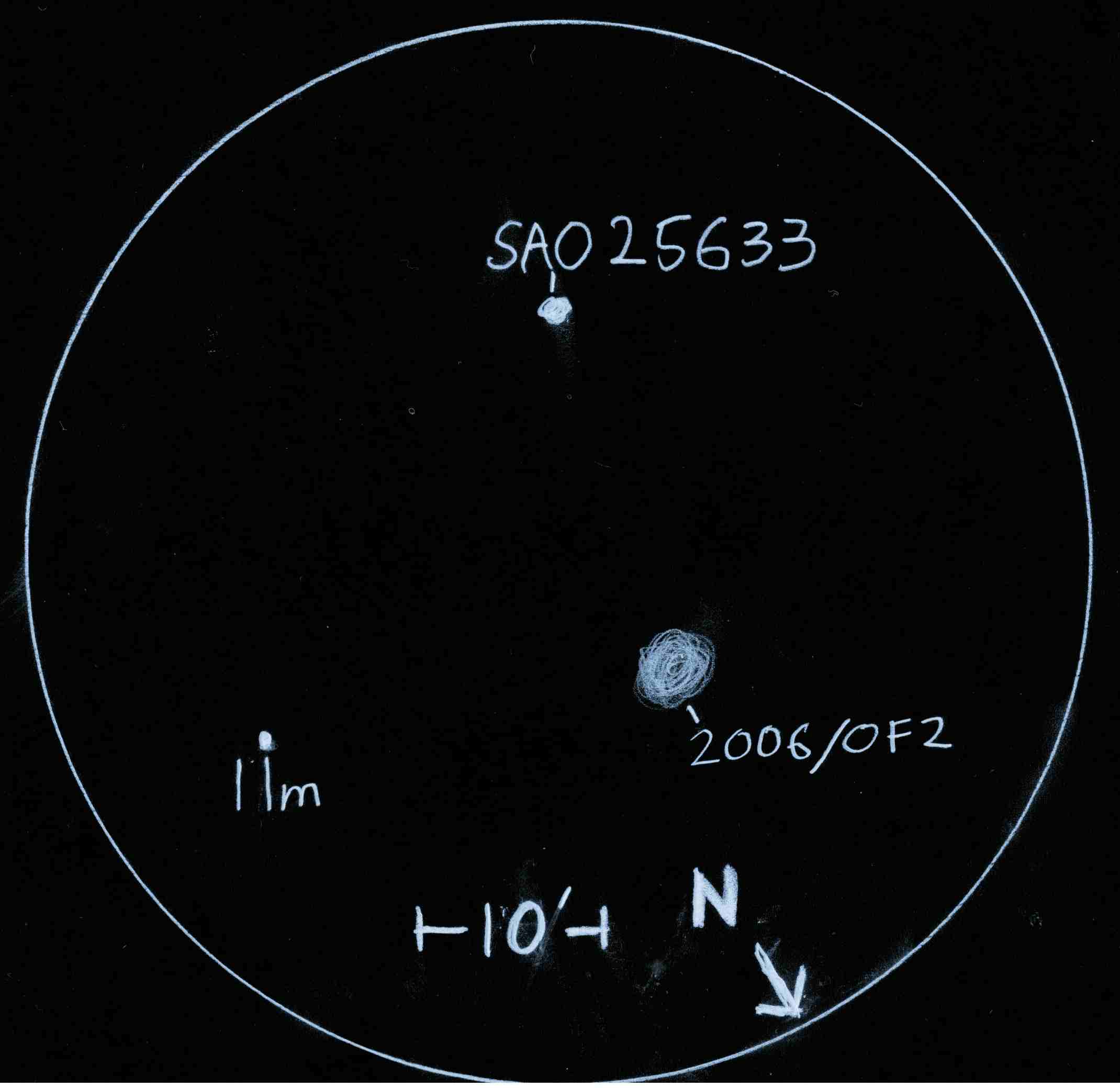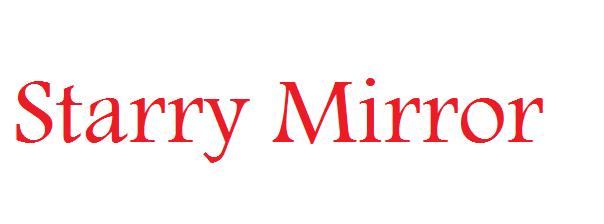
orientation and were on our way south. After about twenty minutes of searching, we found the comet near the end of a line of magnitude 9 stars. As is so often the case in astronomy, clouds rolled in just as we had confirmed the comet's position.
Broughton is a very distant comet, however, and by Christmas Night, the comet had moved less than half a degree to the south, where we found it in a triangle with the magnitude 8 star SAO 25633 and a dim magnitude 11 field star. The comet looked almost stellar at first glance, but with the observatory completely blacked out, we could see a fuzzy ball of light at least 4 arc minutes in diameter. The magnitude was only around 11, or perhaps a little brighter, but the comet was quite condensed.
Comet Broughton will probably never return to the Solar System, as it is in an orbit which is just slightly hyperbolic. At its closest approach to the Sun, it was still more than 200 million miles from our star, and its showing at magnitude 10 is not such a poor display when the great distance is taken into account. The comet is currently on its way out, and will fade from view in 2009. - GW
Copyright 2008 Starry Mirror



The
TM
Astronomy From West Virginia
OBSERVING COMET BROUGHTON ON CHRISTMAS NIGHT, 2008
BRIDGEPORT, WV (S-M) - We here at the Starry Mirror have just come in from a Christmas night observing session in which Comet Broughton, 2006/OF2, was the center of our attention. The comet is currently near the intersection of Lynx, Auriga, and Cameleopardalis, high in the northern sky around midnight.
A plan to view a dim comet always starts with a check of the current orbital elements from the IAU, which are then used by software to print a chart. We always start at the brightest star within five degrees of the comet, and use the chart to work our way to its position. This time, we started on Christmas Eve with the star 2 Linx, a magnitude 4.5 star which is barely visible to the naked eye here at our site.
The initial view through the telescope is always confusing, as one must adjust to the scale of the chart and the orientation of the view in the telescope, which can be rotated at any angle and is sometimes mirror reversed. Still, after a few minutes of being dazzled by the number of stars in view, we gained
Depiction of Comet Broughton, 2006/OF2, on Christmas night 2008, at about 10pm ET, as seen with a 10" reflector at 150x. - Glen Ward